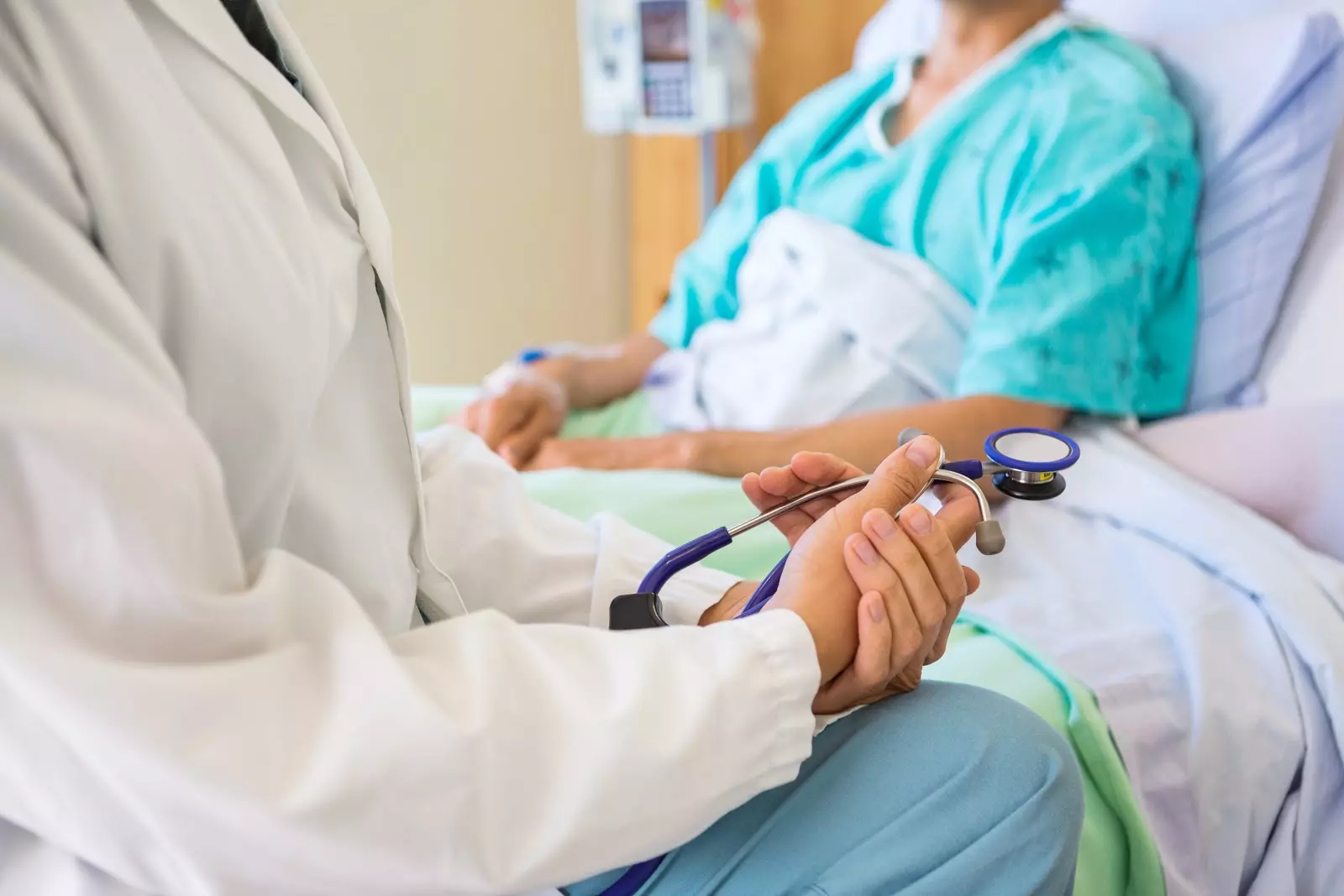By G. Scannell MD, FACS –
Magnitude of the Problem
According to the Centers for Disease Control and Prevention, healthcare-associated-infections affect one in every 25 patients hospitalized in the United States on any given day. The consequences are staggering, with costs of tens of billions of dollars, the death of nearly 100,000 patients and hundreds of thousands of days of prolonged hospitalization.
Vitalacy is a prime example of an innovative, revolutionary technology that reduces costs by supporting an organization’s commitment to its patient safety culture and, ultimately, improving its quality of care.
Human Monitoring of Hand-Washing Hygiene
Hand hygiene is without a doubt the most important intervention for prevention of HAIs. Missed hand hygiene opportunities are responsible for up to 60 percent of transmitted infections, yet the monitoring process currently in use, known as direct human observation (the so-called “gold standard”), significantly underestimates failures in proper hand-washing.
Direct human observation results in several problems. First, there are not enough people to address the sheer volume of hand hygiene events that occur on a daily basis, frequently as many as 100 opportunities—and in some centers, up to 200 opportunities in the 12-hour shift of a single direct caregiver. Second, human observation may not detect and alert all failures commonly seen in a hospital ward, a clinic or an intensive care unit, such as empty, broken or clogged soap dispensers. Third, human observation is intensely laborious and expensive. In summary, direct human observation is expensive, delivers too few observations to support credible extrapolation, works only when subjects are directly observed, and misses successful hand hygiene events that occur out of direct sight. For example, the deployment of Vitalacy’s technology has resulted in a significant increase in the number of observations from a few thousand direct observations quarterly to over 100K monitored events monthly. Making caregivers part of the Internet of Things (IoT) eliminates a range of flaws in the human observation loop. In short, human observation is flawed beyond its potential for delivering credible data about hand hygiene.
Electronic Monitoring of Hand-Washing Hygiene
The most effective electronic monitoring of hand-washing is a system that fully integrates with the normal, daily workflow routine and does not change, disrupt or impair it. This system provides the highest compliance—and this high compliance invariably leads to the “tipping point” of sustained reduction of HAI occurrences.
Some technologies require workflow-breaking procedures like manual monitoring and replacement of existing equipment, revised workflow patterns or requirements regarding particular hand movements, and gestures that are unnatural and difficult to maintain for a prolonged period of time. These technologies break down at various points, thus failing to achieve the goal of sustained reduction of HAI.
Vitalacy
Revolutionary in its field, Vitalacy technology delivers a seamless integration between hand-washing and patient care. Over the past three years, the technology has been installed and tested in hospitals, hospital-based ambulatory care, freestanding ambulatory care environments and dental practices.
When compared with direct human observation, the Vitalacy system is more accurate. Not only does it identify a significant number of hand-washing opportunities missed by direct human observation, but it also detects mechanical failures, such as malfunctioning or empty containers, a frequent cause of missed hand hygiene opportunities.
Additionally, because of its ability to track dispenser performance, Vitalacy helps organizations identify areas of high traffic that may not have an adequate number of soap and sanitizer dispensers or may have dispensers that are not optimally positioned.
This seamless integration between healthcare provider, hand-washing availability and electronic tracking results in minimal to no disruption of the workflow while simultaneously recording hand hygiene opportunities and, more importantly, the quality of those events.
Integration of Vitalacy to a Patient Safety Program
The best outcomes are obtained when the Vitalacy system functions as a pillar of a patient safety program. It has been most effective when it operates in partnership with a dedicated clinical workgroup at the facility level. This level of engagement supports the acceptance of the Vitalacy monitoring technology and allows its management reports to become an integral part of sustainable clinical care model redesigns. Vitalacy typically tracks and reports hand hygiene and, by doing so, it achieves hand hygiene compliance rates in which healthcare providers wash their hands in the 65- to 70-percent range when the system is fully deployed, a 150 percent improvement over direct human observation.
Vitalacy technology is not limited by the size of the hospital or the volume of patients, as it can be adapted based on data collected electronically by its own system. The Vitalacy system is designed to address hand hygiene opportunities in any industry or situation where clean hands are integral to consumer safety. Further, applications of the Vitalacy technology are not limited to hospitals. Ambulatory care facilities, public spaces, senior care environments, restaurants and day care centers are all places where Vitalacy technology can meaningfully support consumer safety.
In summary, hand hygiene needs continuous monitoring to assure consumer safety. The only practical solution to this challenge is a system that can operate continuously, does not disrupt workflow and is not reliant on human observation.
The Vitalacy system was designed to specifically address all these requirements.
Dr. G. Scannell has 35 years of experience as a Board Certified general and critical care specialist with over 50 articles published in peer-reviewed journals and books in the subjects of general surgery, trauma and surgical critical care.
References




